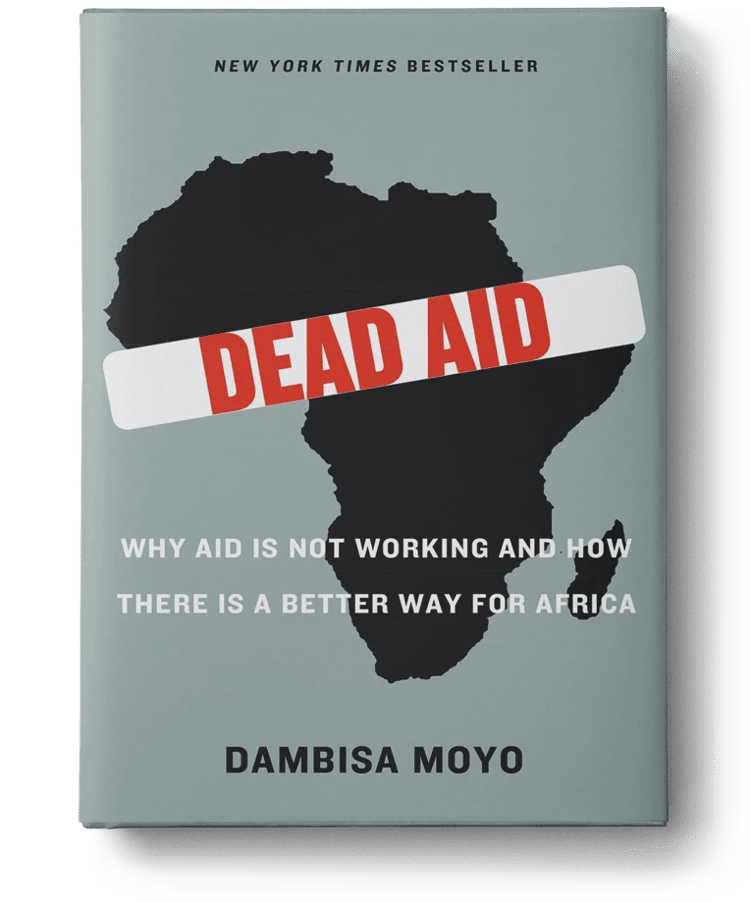The largest and most well-known bilateral organizations/agencies include the United States Agency for International Development (USAID), Foreign, Commonwealth & Development Office (FCDO) (formerly known as DFID), Canadian international Development Agency (CIDA), Swedish International Development Cooperation Agency (SIDA), Deutsche Gesellschaft für Internationale Zusammenarbeit (GIZ) and China International Development Cooperation Agency.
How is bilateral aid transferred and controlled?
Bilateral aid is the dominant type of state-run aid. Bilateral aid occurs when one government directly transfers money or other assets to a recipient country. This assistance is given across borders and is also as referred as to Official Development Assistance (ODA).
Bilateral aid/ODA can be transferred in different ways as agreed by the two parties. Some examples are:
- Long Term Loans - where the recipient country pays back the Bilateral Agency within an agreed timeframe.
- Project/Technical Aid - Money is given for a project such as infrastructure, usually a grant that requires no repayment
- Tied Aid - Money given with the condition that the funds are used on goods and services provided or produced by the donor country.
Bilateral donor budgets are typically significant – in the millions and sometimes billions of US dollars.
The Organisation for Economic Co-operation and Development (OECD), is a non-profit organization that officially reports ODA figures.
Some common criticism against ODA
ODA from Bilateral Agencies is a double-edged sword. It can help the agencies improve their world image and strengthen diplomatic relations but it can also be cynical and strategic projecting a burden on the recipient country's policies.
One common criticism against the motives of bilateral aid is the "flagging", which refers to donors' eagerness to add an EU/American/Chinese flag on every food package they deliver. A subtle strategy to create a debt of gratitude for the recipients.
Another common criticism of Foreign aid to developing countries is the neglect of the primary domestic needs in favor of the donor's priorities. Another more protectionistic criticism is linked to the transfer of large sums of money from the donor to foreign countries abroad before domestic issues are addressed at home, such as integration, criminality, homelessness, poverty, and inadequate health care.
Furthermore, the presence of bilateral agencies in foreign countries allows the donor country to influence the foreign policy and populace of those receiving aid or to develop or expand markets for a donor country's goods as seen in the case of the China-Africa cooperation.
Most of the aid China is giving to Africa via infrastructure is spent on goods and services produced in China and provided by Chinese nationals. Alternatively, aid can be given for past exploitations resulting from colonialism.
There are many debates on this subject and it depends on the perspective you take or who you ask, but bilateral aid remains a critical part of the impact sector.
If this topic interests you, some further research can be done, for example, Bill Gates argues for foreign aid's positive contribution to developing countries, whereas the Zimbabwean Economist Dambisa Moyo argues against this evidence in her book, Dead Aid (2010).

